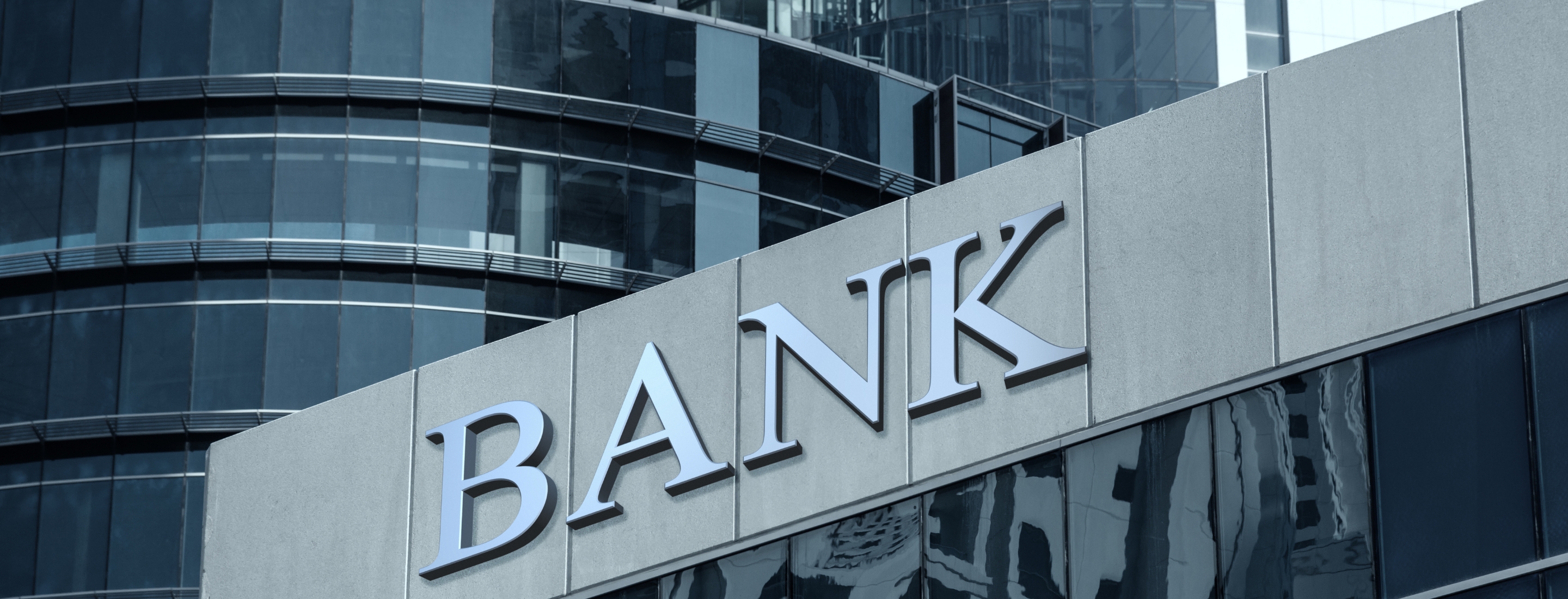CASE STUDY
How a top 10 bank saved 434 hours per month on adverse media monitoring
Executive summary
In a dynamic and evolving financial landscape, staying ahead of risks while maintaining operational efficiency is paramount for banking institutions. This case study delves into the transformational journey of a top 10 domestic bank that harnessed the power of Thomson Reuters Risk & Fraud Solutions to streamline its processes for adverse media monitoring, alert remediation, and due diligence reviews.
Challenge and opportunity
Facing the challenge of navigating an increasingly complex regulatory environment, the bank recognized the need for a robust solution that could expedite its anti-money laundering (AML) process without compromising the quality of due diligence. Their traditional methods were manual, time-intensive, produced a large number of false positive alerts, and were prone to human errors, leading to operational bottlenecks and potential risk oversight.
Approach and solutions
The bank integrated Thomson Reuters Risk & Fraud Solutions into its workflow, leveraging revolutionary technology and comprehensive data coverage to enhance the AML process. The solutions offered an advanced algorithmic approach, combining machine learning and natural-language processing to swiftly identify relevant risk indicators within vast amounts of data:
- Managed services negative news (adverse media) screening. Thomson Reuters Risk & Fraud Solutions offers a service to detect, report, and screen global media and sanctions for financial crime indicators — helping protect organizations from money laundering and reputational risk.
- Enhanced due diligence investigation solution (CLEAR). Thomson Reuters Risk & Fraud Solutions delivers a vast collection of public and proprietary records in a single online platform — providing comprehensive data, detailed analytics, and actionable insights for agencies or organizations.
Before Thomson Reuters, the bank was using three different platforms to perform its adverse media screening and enhanced due diligence. Thomson Reuters Risk & Fraud Solutions contains adverse media screening and enhanced due diligence capabilities all within one platform, eliminating the need to purchase from a variety of providers and saving investigators time by removing the back and forth between different solutions. After the implementation, the previous, clunky eight-step process that the bank’s AML investigators needed to follow was shortened to just four steps, creating efficiency in their workflow.
The results
The results were transformative. After implementing Thomson Reuters Risk & Fraud Solutions, the bank experienced a decrease in false positive alerts from adverse media by over 12,000 per month. This reduction led to approximately 700 fewer hours of alert review time.
Thomson Reuters Risk & Fraud Solutions also improved the bank’s investigation process of alerts that were not false positives. Eliminating the need to run searches on multiple programs saved time, and the data quality and relevancy helped improve investigation effectiveness. The bank estimated that it saved roughly 434 hours per month.
This expedited AML process not only bolstered risk detection capabilities but also allowed the bank to allocate resources more efficiently to higher-value tasks. The bank estimated the time it saved was approximately $500,000 per year.
Beyond the quantitative time savings, the bank realized qualitative improvements as well. The accuracy and comprehensiveness of risk identification increased significantly, resulting in a more confident risk posture. The institution was able to promptly respond to potential threats, mitigate vulnerabilities, and demonstrate its commitment to compliance and due diligence.

Thomson Reuters Risk & Fraud Solutions
Detect and mitigate risk, prevent fraud, and investigate misconduct with unparalleled content and expertise from our spectrum of solutions
